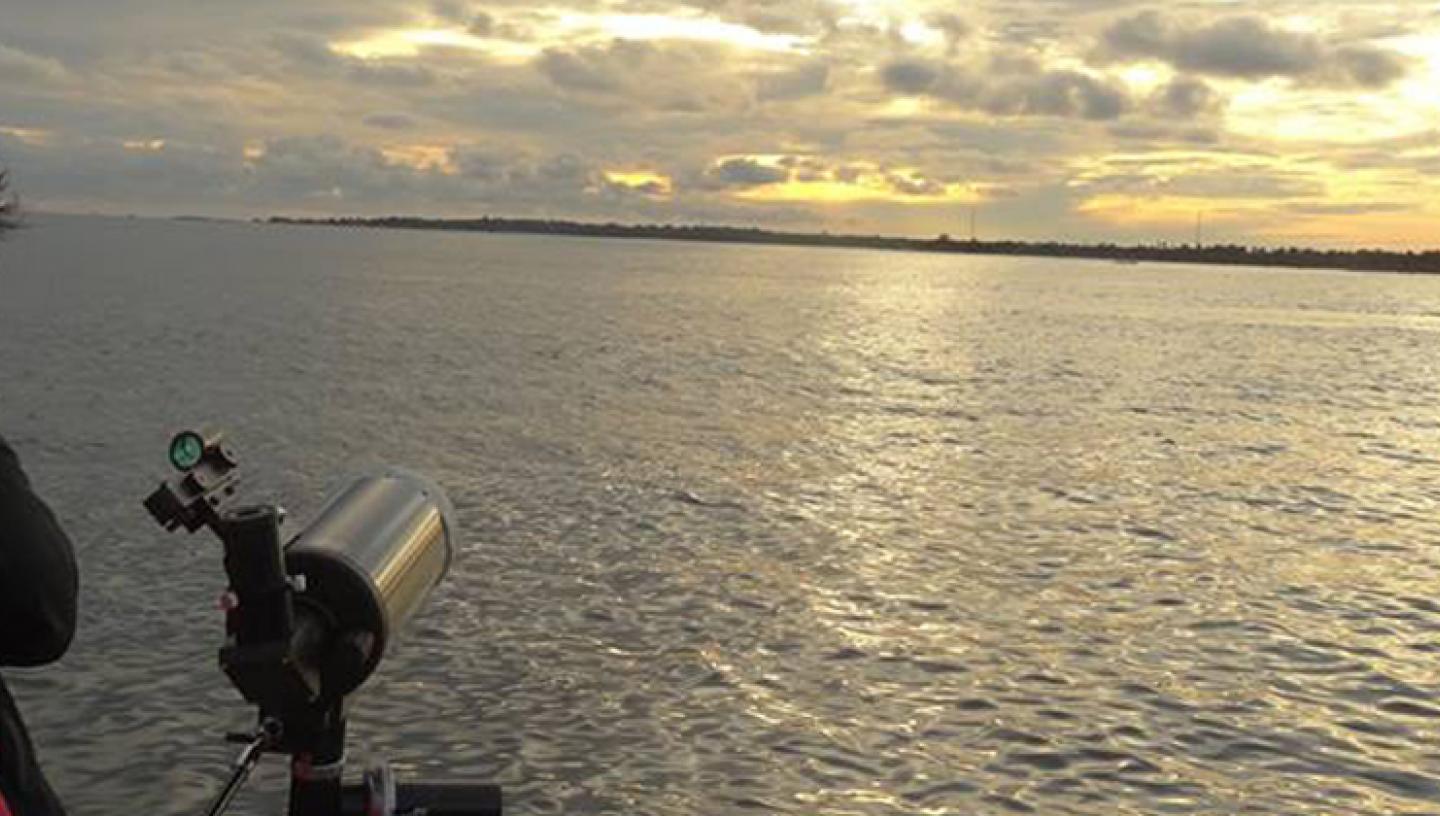
08 Apr 2016
Continuing the long tradition for Royal Observatory astronomers, Affelia Wibisono travelled to Indonesia chasing a total solar eclipse.
One of my earliest memories of astronomy was seeing the 1999 total solar eclipse which was visible across the South of England, mainland Europe, parts of Africa and Asia. I remember putting a bowl of water in the garden to see the reflection of the eclipse and wearing eclipse glasses. I also remember watching the TV when it happened. It felt like every single channel (all five of them!) were showing a programme about it. There were reports coming in from Cornwall with images of crowds of people on a beach with rows of telescopes pointed at the sky. Daytime turned to night when totality hit (when the Moon completely blocked out the Sun) and there was lots of cheering. Flashes from people’s cameras glittered the scene, the atmosphere was electric. It must have been amazing to have been part of that.
The idea of going over to Indonesia to see the total solar eclipse on 9th March 2016 came last year when we welcomed thousands of people to join us at the ROG to see the partial solar eclipse. There is a long-standing tradition of ROG astronomers going on eclipse expeditions, their observations inspired me to make my own, from the country of my birth.
[[{"fid":"205803","view_mode":"landscape_medium","fields":{"format":"landscape_medium","field_file_image_alt_text[und][0][value]":"Photograph of Solar eclipse, 1919","field_file_image_title_text[und][0][value]":"Solar eclipse, 1919 by unknown","field_caption[und][0][value]":"Photograph of Solar eclipse, 1919","field_image_source[und]":"_none","field_image_code[und][0][value]":"L8264","field_explore[und][0][tid]":"67584","field_explore[und][0][_weight]":"0","field_explore[und][1][tid]":"67505","field_explore[und][1][_weight]":"1","field_explore[und][2][tid]":"67507","field_explore[und][2][_weight]":"2","field_explore[und][3][tid]":"67619","field_explore[und][3][_weight]":"3","field_explore[und][4][tid]":"_none","field_explore[und][4][_weight]":"4","field_copyright[und][0][value]":"© National Maritime Museum, Greenwich, London. All rights reserved.","field_credit[und][0][value]":"","field_venue[und]":"_none","field_tags[und]":"Photography"},"type":"media","field_deltas":{"1":{"format":"landscape_medium","field_file_image_alt_text[und][0][value]":"Photograph of Solar eclipse, 1919","field_file_image_title_text[und][0][value]":"Solar eclipse, 1919 by unknown","field_caption[und][0][value]":"Photograph of Solar eclipse, 1919","field_image_source[und]":"_none","field_image_code[und][0][value]":"L8264","field_explore[und][0][tid]":"67584","field_explore[und][0][_weight]":"0","field_explore[und][1][tid]":"67505","field_explore[und][1][_weight]":"1","field_explore[und][2][tid]":"67507","field_explore[und][2][_weight]":"2","field_explore[und][3][tid]":"67619","field_explore[und][3][_weight]":"3","field_explore[und][4][tid]":"_none","field_explore[und][4][_weight]":"4","field_copyright[und][0][value]":"© National Maritime Museum, Greenwich, London. All rights reserved.","field_credit[und][0][value]":"","field_venue[und]":"_none","field_tags[und]":"Photography"}},"attributes":{"alt":"Photograph of Solar eclipse, 1919","title":"Solar eclipse, 1919 by unknown","height":"520","width":"960","class":"media-element file-landscape-medium","data-delta":"1"}}]]
I’ve been inspired by the Insight Astronomy Photographer of the Year competition at the Royal Observatory and by the pictures children have submitted through Creative Cosmos, a free online project for schools to encourage young people to start taking astrophotography. I decided to buy a telescope for the eclipse. I needed a telescope that would be easy to set up, not too expensive and most importantly, small and easy to carry as I needed to take it on the aeroplane with me.
I chose a small 90 mm Maksutov-Cassegrain telescope which uses mirrors and lenses to magnify light. We all know that it is very dangerous to look directly at the Sun, especially through a telescope. Therefore, I also got a solar filter which attached to the front of the telescope. This was a white light filter which reduced the intensity of the Sun’s light so that it was safe to observe. It also allowed me to see the photosphere, or surface of the Sun and dark sunspots. If you’re thinking of getting a solar filter to do solar observing, make sure you check it for any damage every time you want to use it. Finally, I got a camera adapter to attach my compact digital camera to the telescope.
This was my first proper telescope. I had a toy telescope when I was about 8 and when I couldn’t see anything through it the first time I used it, I gave up and placed it under my bed never to be seen again. I was eager to start using my new telescope as soon as possible, as soon as there was clear night I was out looking at the rest of our galaxy. The Moon looks incredible through the telescope, I can see the shadows cast by the crater walls and the extensive Apennine mountain range. I even saw Jupiter and its four Galilean Moons one night. It was a little tricky to get the telescope balanced with the camera adaptor attached – practice makes perfect!
I was in Indonesia for two weeks. During the first week, I went to the island of Java, where my family is from. There was no chance of stargazing during that time as I stayed in two very large cities. There was a lot of light pollution, general pollution and there were thunderstorms most nights. However, I did manage to point out Jupiter to my aunts, uncle and cousins one night. Sadly, only a partial eclipse was visible in Java, so I flew to Belitung Island on the second week. The two islands are very different from each other. Java is much bigger, with more people and is full of big cities. Belitung is smaller and more laid back. It has white sandy beaches and jungles and it is very hot!
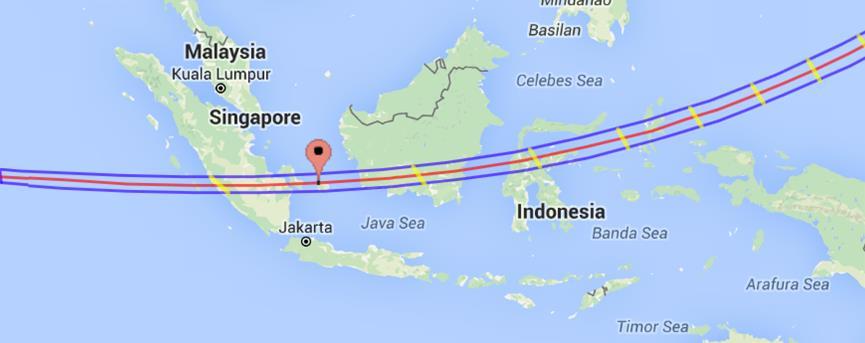
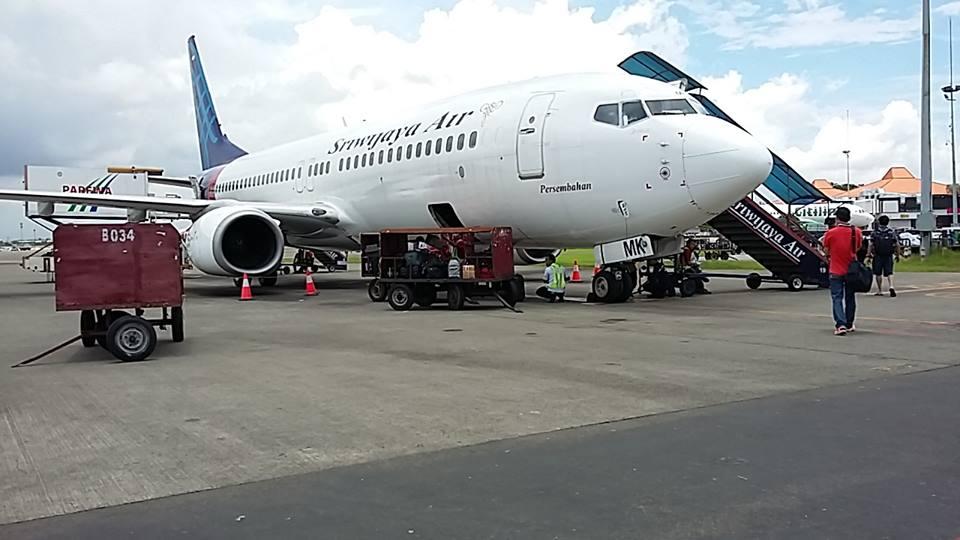
I spent most of the first day in Belitung searching for the best spot to position my telescope ready for the eclipse. In the end, I settled for a beach called Pantai Kelayan which was one of the main viewing sites. There were rumours that the President of Indonesia would be there – unfortunately he didn’t show up but plenty of people were there to enjoy such a rare and beautiful spectacle. The weather forecast was poor - we were expecting clouds and stormy conditions. The eclipse occurred early in the morning, with totality happening at 7:23 am local time. I was out of bed by 3:00 am, and my telescope was set-up and ready by sunrise at 6:00 am – being an astronomer requires organisation, flexibility, patience and good timekeeping!
The drive from the hotel to Pantai Kelayan was about 45 minutes long and during that drive I saw the most amazing night sky. It was pitch black and full of stars – the most I’d ever seen. I would’ve liked to have stopped for a while and taken some photos but we were on a schedule. When I got to Pantai Kelayan, the local fishermen were the only people around. It must have been very strange for them to see me setting up my telescope. I waited for the Sun to rise above the horizon and listened to people conduct their morning prayers.
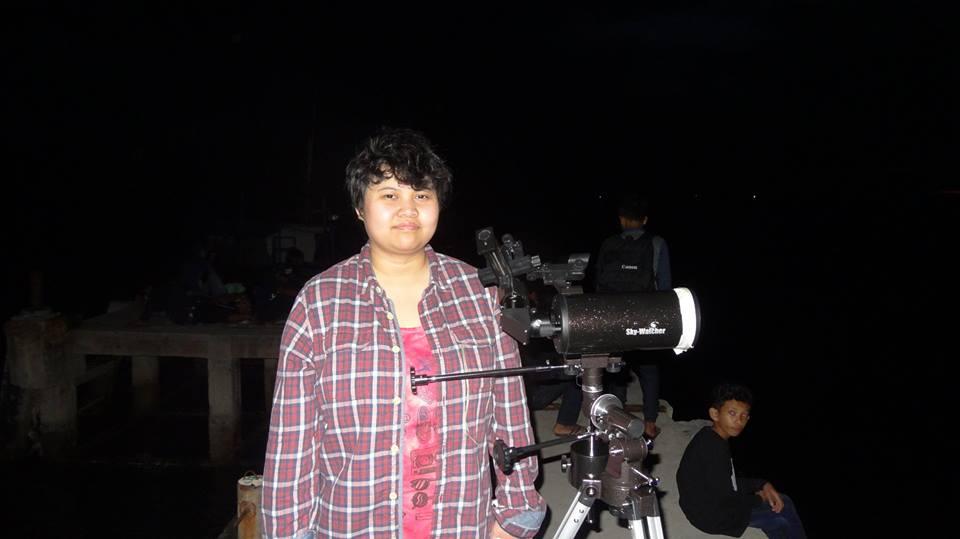
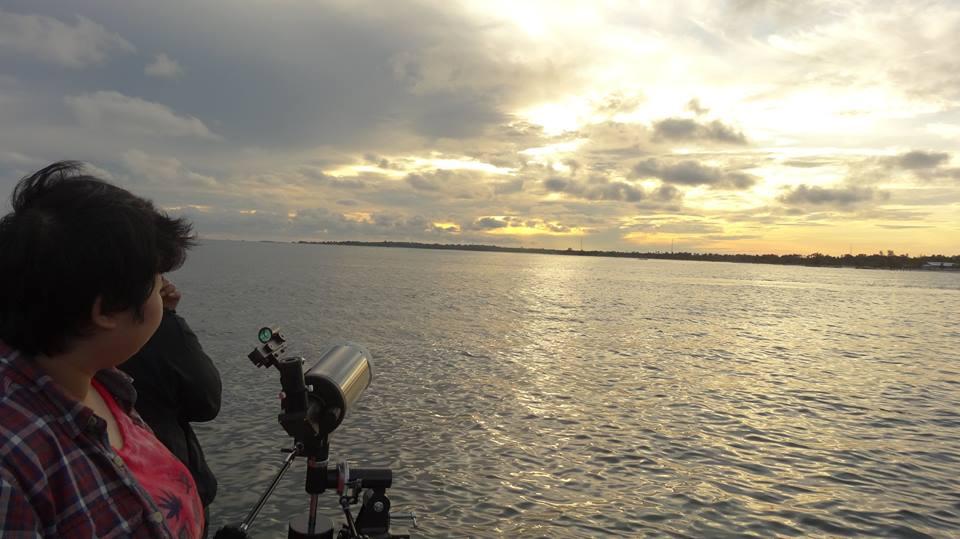
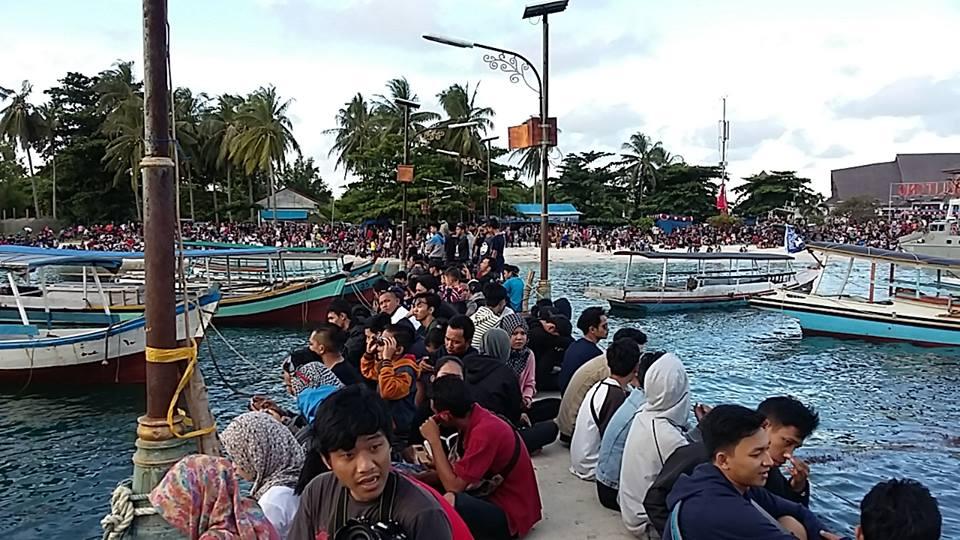
It came to 5:58 am and sure enough the Sun was hidden behind the clouds. 06:21 am came and it was still behind the clouds. I started to think I wouldn’t see anything but eventually the clouds parted to reveal the Sun! By this time the Moon had covered about half of the Sun. I managed to take a few photos through the telescope and my mum also took photos with her camera and filter. People were cheering and clapping and the air was filled with excitement and anticipation. Just as the eclipse reached totality the clouds blocked our view of the Sun. The clouds didn’t affect people’s spirits, they continued to celebrate. It wasn’t as dark as I thought it would get - It felt like the Sun had just set. There was a break in the clouds just as the Moon started to leave the Sun, although I missed the main event it was great to see a couple of sunspots and the rugged terrain of the Moon silhouetted against the bright Sun. Before I knew it, I had a queue of people wanting to look through my telescope.
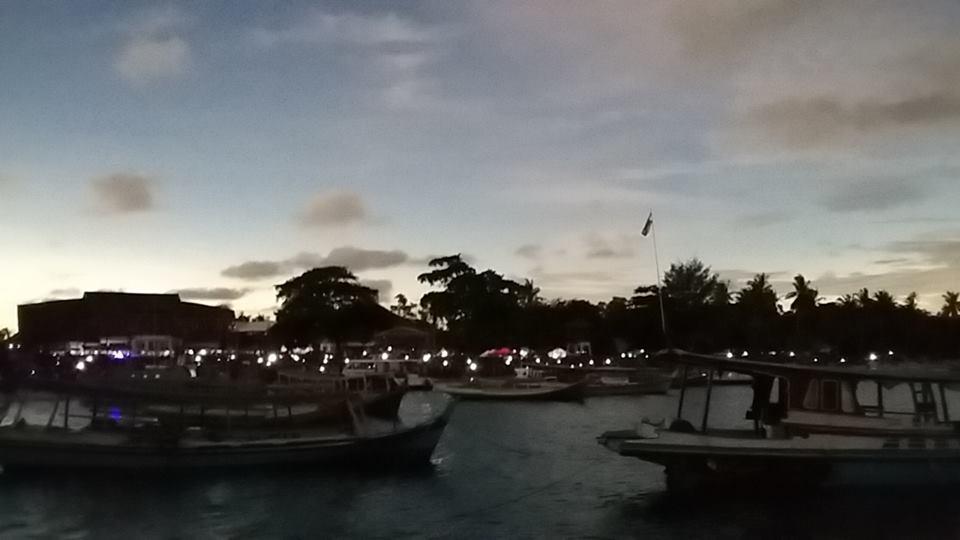
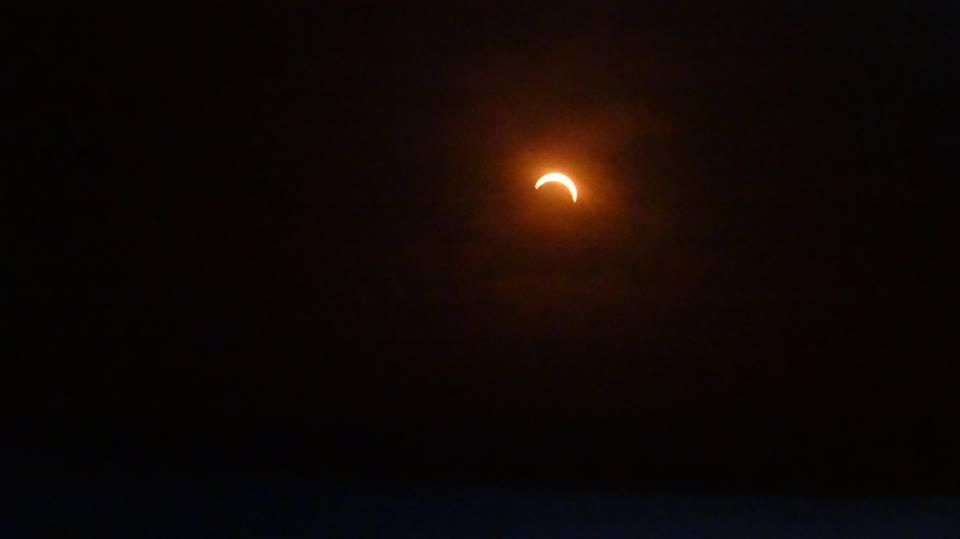
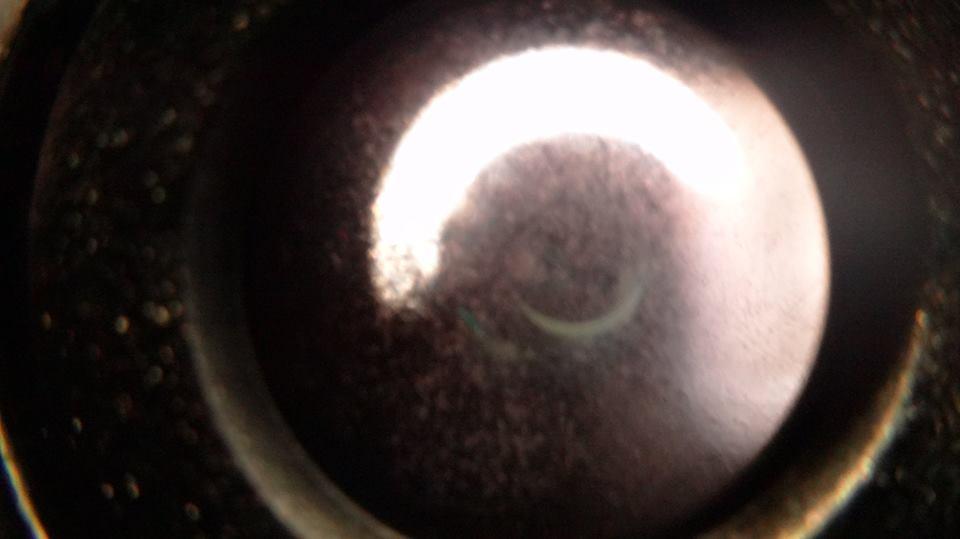
Although I didn’t really get to see the total solar eclipse, it was a tremendous experience and I’m glad I went. I can see why people get hooked on hunting solar eclipses and travel long distances to see them. The next total solar eclipse will be on 21st August 2017 and it will be visible from North America – I can’t wait!